When you take a look at Blender and what you can do as a 3D package, you can ignore the price tag, which is zero dollars. So how come an advanced 3D program such as Blender is available to everyone for free, no questions asked?
To answer this question, we need to understand a few things about Blender and how it makes money.
Table of contents
The Vision of Blender’s Creator
Ton Roosendaal is not interested in money. He is a co-founder of Blender and the chairman of the Blender Foundation. Back in the 80s and 90s, Ton worked at a 3D animation studio called NeoGeo. In 1995, he rewrote NeoGeo’s old animation tools and created what we now know as Blender.
He later wanted to offer Blender for artists working outside of the studio. In an interview with Andrew Price (aka Blender Guru), Ton clearly stated that he’s not interested in money. He described himself as a maker, not driven by money but by the passion of creating software, building companies, and enabling creators.
After the bankruptcy of the company, Ton considered commercializing Blender, but decided against it because it’s simply something he doesn’t enjoy.
From this clip, we can see that Ton is a creative person who is not driven or motivated by financial aspects of the 3D animation software business. He loves developing software and creating companies and software products for artists rather than pursuing money.
Blender Is a Nonprofit Organization
The Blender Foundation was created in 2002 as an independent public benefit organization. Its purpose is to provide a completely free and open-source 3D creation pipeline managed by public projects on blender.org.
As a nonprofit organization, they can’t sell Blender to users because of the nature of nonprofits, but they can make money through other means, which we will discuss in the last part of this article.
In 2007, Ton established the Blender Institute, which hosts the Foundation’s offices and employs a core team of staff to achieve the Foundation’s goals:
- Maintain and improve Blender through public service with open-source code.
- Manage facilities and online services for contributors.
- Establish revenue streams to support development and cover expenses.
- Provide individuals and small teams with a complete free 3D creation pipeline.
Saving Blender From Shutdown
In 2000, Ton’s company “Not a Number” (NaN) raised $5.5 million to develop Blender. But due to low sales and a tough economic climate, the investors shut down operations—including Blender development.
The shutdown also included discontinuing the development of Blender. So Ton created the Blender Foundation to keep Blender alive, because any type of development or project will definitely need money—and some of them need a lot of money.
Restarting the company with a large number of developers at that time was just not possible. So he decided to make Blender open source and available for the public. But first, he needed the support of the community through the free voluntary campaign which sought to raise one hundred thousand euros so that the foundation could buy the rights to the Blender source code and intellectual property rights from the NaN investors.
The one hundred thousand euros was raised in a few weeks and that was the start of the relationship between Blender and the community of Blender 3D artists. On October 13th, 2002, Blender was released to the world under the terms of the GNU General Public License.
Blender development continues to this date, driven by a team of dedicated volunteers from around the world led by Blender’s original creator, Ton Roosendaal.
How Does Blender Make Money If Blender Is Free?
Despite being free, Blender still requires money for development. Here are the key revenue streams that allow Blender to thrive:
Blender Cloud
Blender Cloud is an open production platform where the Blender Institute shares its film projects. Subscribers get access to:
- Animation and shot breakdowns
- Daily session recordings
- Assets, textures, shaders, and more
Blender Store
Blender Store offers books and merchandise like shirts, hats, and mugs. Revenue from sales supports future projects and software development.
Blender Development Fund
Through the Development Fund, individuals and corporations can support Blender’s growth. Contributors get:
- Access to stable, regularly updated software
- Fast bug fixes and powerful new features
The fund currently receives over $100,000 from various contributors. Members receive different badges depending on the amount of their contribution.
Corporate Sponsors Supporting Blender
Aleph Objects
Supports Blender by hiring developers to work on UI and workflow enhancements.
Tangent Animation
Supports full-time Blender developers and funds work on the 2.8 viewport and Cycles. They also hired their own Cycles developer team who will be contributing openly.
AMD
Funds developers working on OpenGL modernization and Cycles OpenCL GPU rendering.
NVIDIA
Joined the Development Fund and supports two developers to improve GPU technology support for Blender.
Ubisoft
Ubisoft Animation Studio uses Blender in its productions and contributes developers to open-source Blender projects. They also joined the Development Fund as a Corporate Gold Member.
Epic Games
Epic Games awarded Blender Foundation $1.2 million as part of its Epic MegaGrant initiative. This allows the Blender team to scale development and attract more contributors from the industry.
Ton Roosendaal said having Epic Games on board is a major milestone for Blender. Thanks to the grant, they will make significant investments in their project organization to improve onboarding, coordination, and best practices for code quality. As a result, they expect more contributors from the industry to join.
Tim Sweeney, founder and CEO of Epic Games, said open tools, libraries, and platforms are critical to the future of digital content. Blender is an enduring resource within the artistic community and Epic aims to ensure its advancement to benefit all creators.
This form of support is very important for Blender, allowing a team of full-time software engineers to focus on developing and maintaining a stable and well-documented codebase. This is the foundation for any new feature or improvement and is essential for the survival and the growth of the project.
Why Is Blender Free?
Blender is free because it was created with the vision of empowering creators rather than profiting from them. It is maintained by a nonprofit foundation and supported by a strong community and corporate sponsors.
Being free doesn’t mean it’s lesser—it means it’s built for everyone. With the community’s support and a unique philosophy, Blender continues to evolve as one of the most powerful 3D tools available.
FAQs about Why is Blender Free?
Why is Blender free when other 3D software can be very expensive?
Blender is free because it is developed and maintained by the nonprofit Blender Foundation. Its creator wanted to provide powerful 3D software accessible to everyone without cost. Blender is open-source and funded by donations, sponsorships, and related services rather than sales.
How does Blender make money if it’s free to use?
Blender generates revenue through Blender Cloud subscriptions, sales from the Blender Store, contributions to the Blender Development Fund, and financial support from corporate sponsors such as AMD, NVIDIA, Ubisoft, and Epic Games.
What is the Blender Development Fund?
The Blender Development Fund is a platform for individuals and corporations to support Blender’s development financially. Contributors receive benefits like early access to stable software, faster bug fixes, and new features.
Who supports Blender financially?
Blender receives financial support from corporate sponsors like Aleph Objects, Tangent Animation, AMD, NVIDIA, Ubisoft, and Epic Games. These companies fund developers and projects to improve Blender.
How did Blender become open source?
Blender became open source after the company behind it shut down. Ton Roosendaal raised funds from the community to buy the rights and released Blender under the GNU General Public License in 2002, enabling public development.
What is Blender Cloud?
Blender Cloud is a subscription-based platform where users get access to open production projects, assets, textures, tutorials, and behind-the-scenes content created by the Blender Institute.
Why did Ton Roosendaal choose not to commercialize Blender?
Ton Roosendaal chose not to commercialize Blender because he is motivated by passion for software development and creativity, not by financial gain.
How does Blender benefit from corporate sponsors?
Corporate sponsors help Blender by funding full-time developers, improving the software’s technology, and supporting Blender’s growth, which ensures continuous updates and a stable codebase.
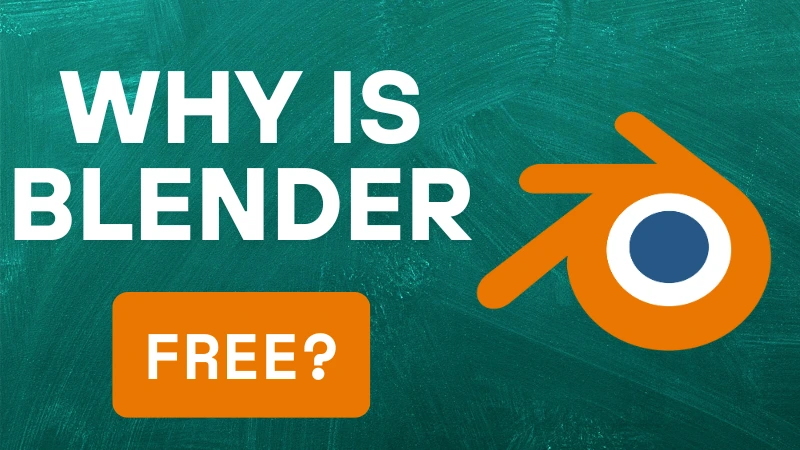
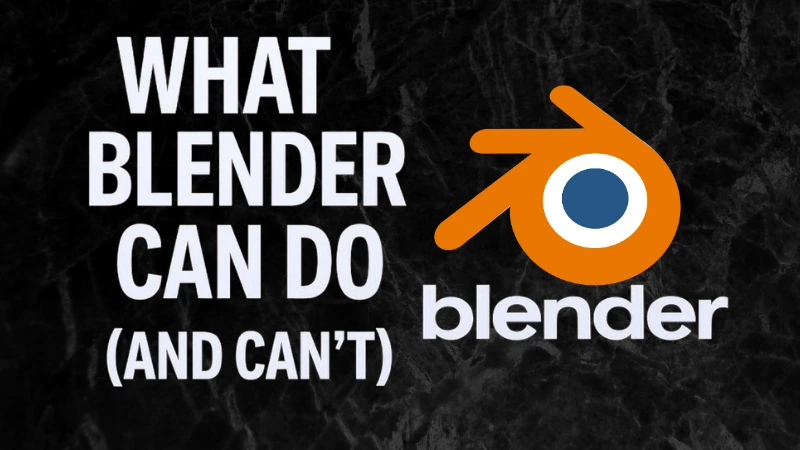
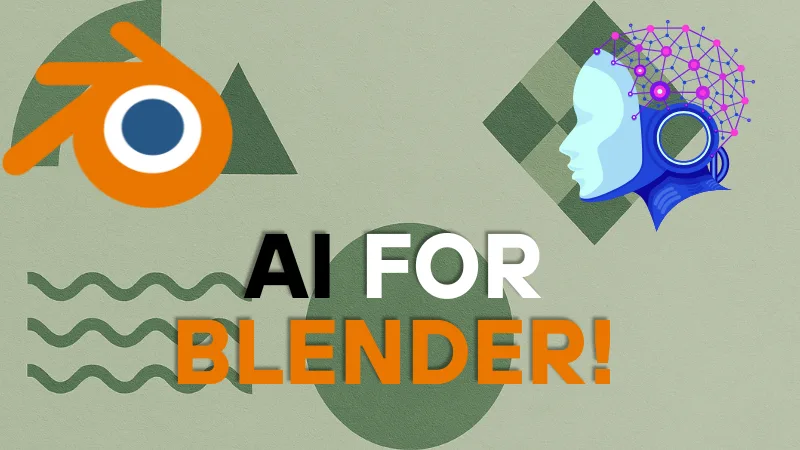
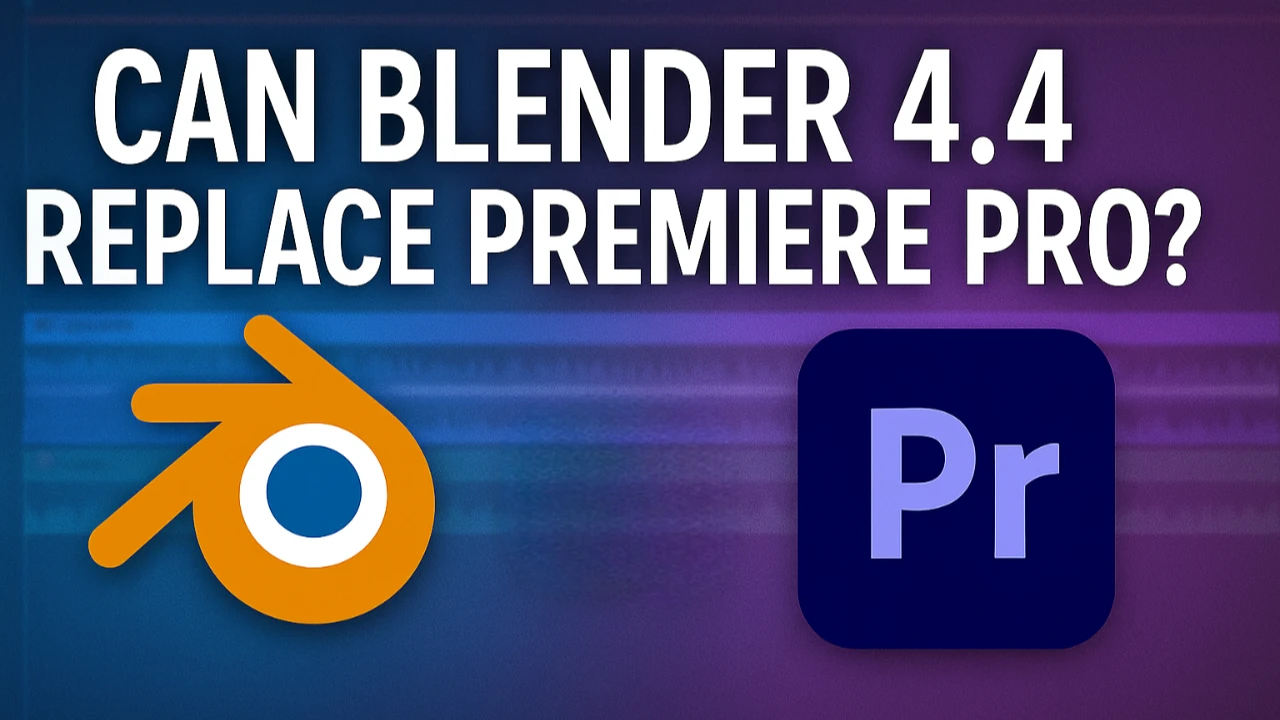
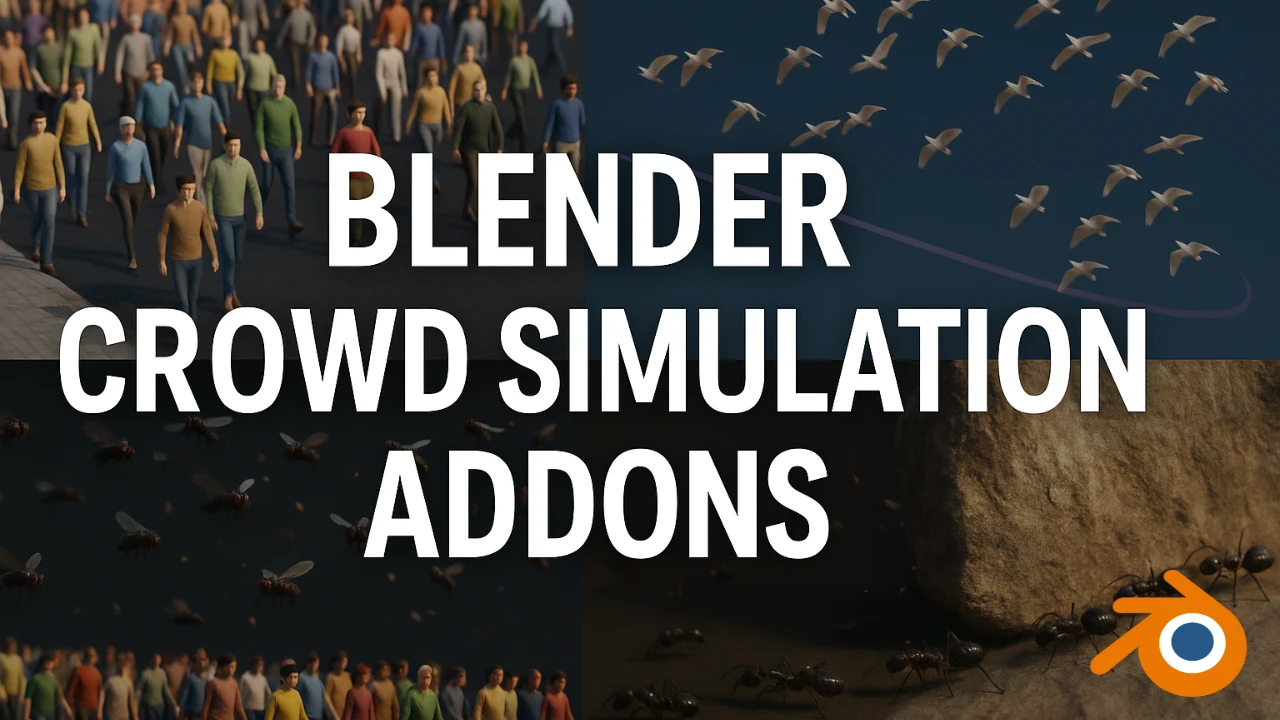
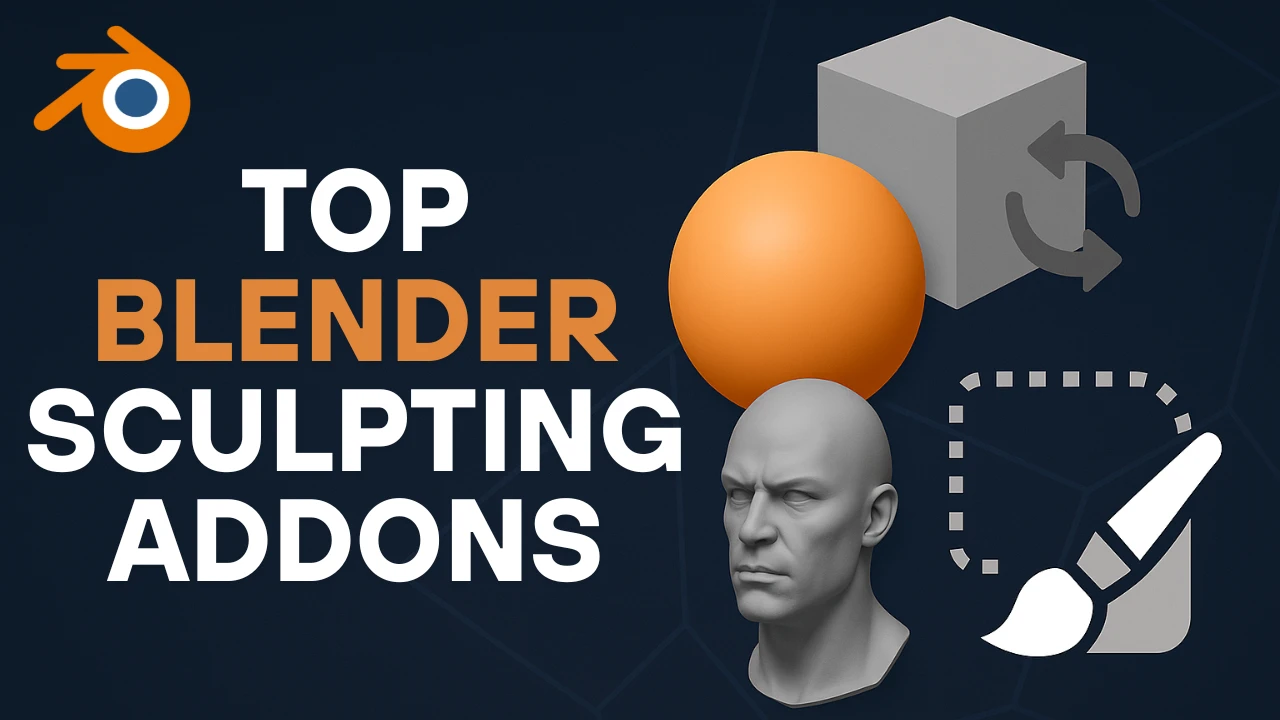
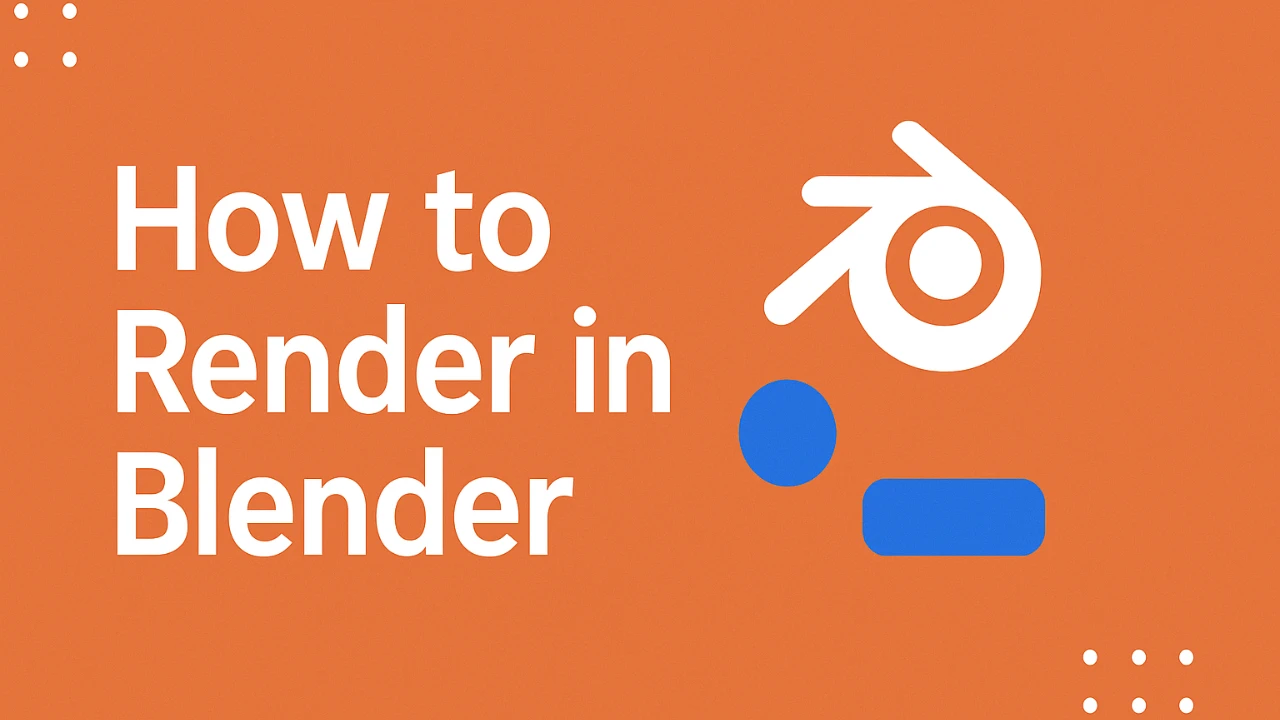
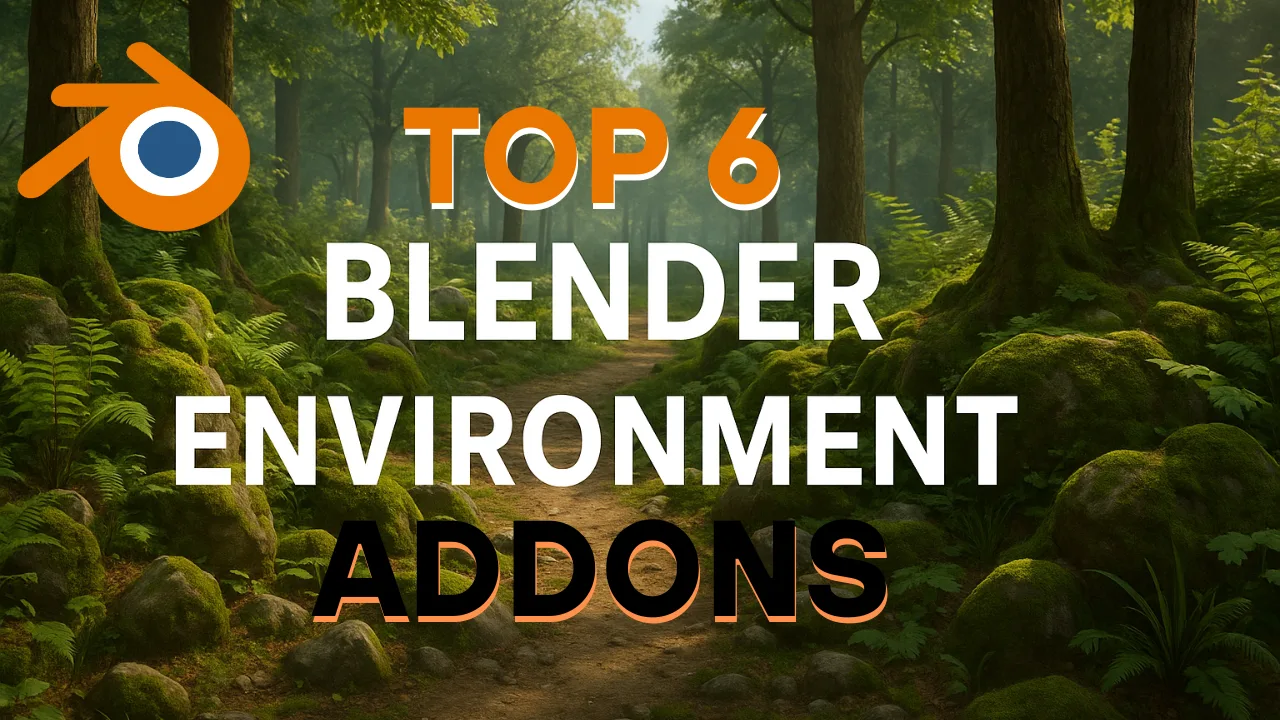
i thought it is a paid option, by the way it is good